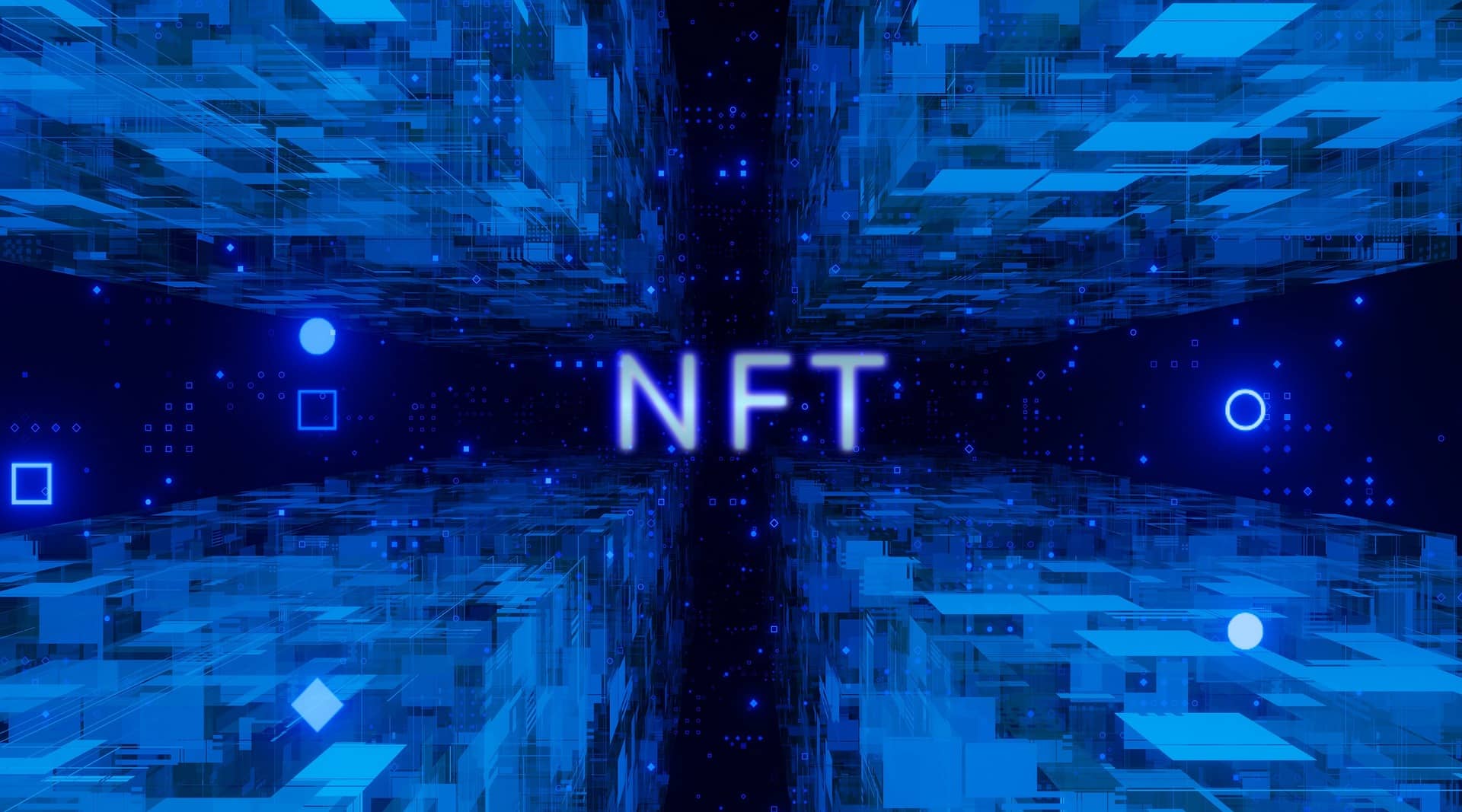Stop treating NFT cases like ad campaigns

The rise of Non-Fungible Tokens (NFTs) has created a new frontier for brands looking to engage with consumers in a more meaningful way. But as more and more brands enter the market, many are discovering that what they’ve committed to actually requires methodical, continuous effort and commitment that escalates with each milestone. Basically, brands find themselves in a type of “engagement Ponzi scheme” that their marketing teams are not equipped to handle. Here’s why.
The challenge comes from two things:
- Many users ask for “utility” from NFTs, but what they really mean is “entertainment” (which is a basic form of utility).
- Blockchains have not matured enough – nor dApps built on them – to deliver either sufficiently diverse utility or basic entertainment to meet users’ high expectations and keep them engaged for the long term.
If the brands are not able to deliver enough entertainment, the users will be dissatisfied and the NFT initiative will weaken from the fall in momentum.
At the same time, to meet the high expectations of users, brands are forced to spend more and more resources in the NFT area. This is unsustainable in the medium and long term.
There must be many cooks in the kitchen
When the subject of NFTs comes up internally at any global brand, a question arises: Who owns it? I don’t mean NFT, I mean who owns the responsibility for managing the NFT side of the business? Suddenly, everyone is looking at marketing, because marketing has the ability to produce engaging content to connect with users. And what else should NFTs be classified as, other than a new way to engage with loyal users?
There are some problems with this logic. Here’s the revolving door of stakeholders who end up being drawn into this discussion:
- NFTs are sold by the brand and marketing teams do not manage sales – enter the sales team or ‘Chief Revenue Officer’.
- NFTs inevitably include intellectual property from the brand. Marketing teams usually do not handle IP matters independently as it is usually handled by the legal team.
- NFTs have a heavy social/community component to them. Pure marketing teams have some of this capability, but often they don’t fully own it. This is where the communications team and/or the social team come into the picture.
- NFTs have a perpetual product component, and marketing teams typically don’t handle product development entirely (or at all). This is where a product team is needed.
Here’s what it boils down to. When a global brand enters the NFT space, it commits to an indefinite amount of engagement with NFT holders since those same holders have expectations of special access/content, etc. What this means is that brands must become providers of utility to these the users. These brands must actually become active producers of (at least) entertainment for NFT holders.
Join the community where you can transform the future. Cointelegraph Innovation Circle brings blockchain technology leaders together to connect, collaborate and publish. Apply today
Marketing teams at large companies (even if they had full ownership of NFT initiatives) are not equipped solely to deliver entertainment volumes for users. It is a mistake to assume that users will be sufficiently entertained by the fundraising capabilities of NFT – derived from IP-marked scarcity – and that minimal effort will be required of the brand even after this initial “fundraising”. This mindset usually means treating the NFT initiative like a short-term advertising campaign owned by the marketing team, neglecting the very serious (and complex) architecture and product requirements needed for a genuine long-term NFT commitment.
Ultimately, treating NFT drops with this short-term mindset fails because creating marketing assets for users is a complex process that requires a lot of planning, design, and execution. From a marketer’s perspective, it is important to have a deep understanding of user demographics, as well as a thorough understanding of the brand’s values and message. This requires a significant amount of market, user and design research.
The production process also requires extensive coordination between different departments, such as design, development and copywriting to ensure that all elements align with the brand’s message and goals. In addition, the production process often involves elaborate (and expensive) design requirements, such as creating high-quality visual assets, video production and animation, as well as ensuring that the final product is optimized for different devices and platforms. All of this complexity makes it difficult to scale and leverage marketing assets to supplement the utility or entertainment that NFT holders desire.
The only way for brands to deliver enough entertainment from NFTs is to establish common online areas where NFT holders can interact and entertain each other. In this way, engagement can scale without overloading the brand. Gaming is an ideal platform for this because it is the richest form of community-driven entertainment. By harnessing the power of games, brands can create immersive and engaging experiences that scale with audiences and will keep users coming back for more.
Many brands still enter the market hoping to make a quick profit. But without a solid plan for how to engage with users, they will quickly find themselves overloading their resources and overwhelming users.
The bottom line here is that brands need to think carefully about how they will manage user expectations while scaling the utility and entertainment required to keep them engaged. If they want to succeed, they need to focus on creating shared online spaces where users can interact with and entertain each other. Gaming is the ideal platform for this and can be instrumental in helping brands scale engagement work in a sustainable way.
By focusing on community-driven entertainment, brands can create engaging experiences that keep users coming back for more, while avoiding the pitfalls of the “engagement Ponzi scheme.”
Mark Soares is the founder of Blokhaus Inc, a marketing and communications agency in the Web3 and Blockchain category.
This article was published through the Cointelegraph Innovation Circle, a researched organization of top executives and experts in the blockchain technology industry who are building the future through the power of connections, collaboration and thought leadership. Opinions expressed do not necessarily reflect those of Cointelegraph.
Learn more about the Cointelegraph Innovation Circle and see if you qualify to join























